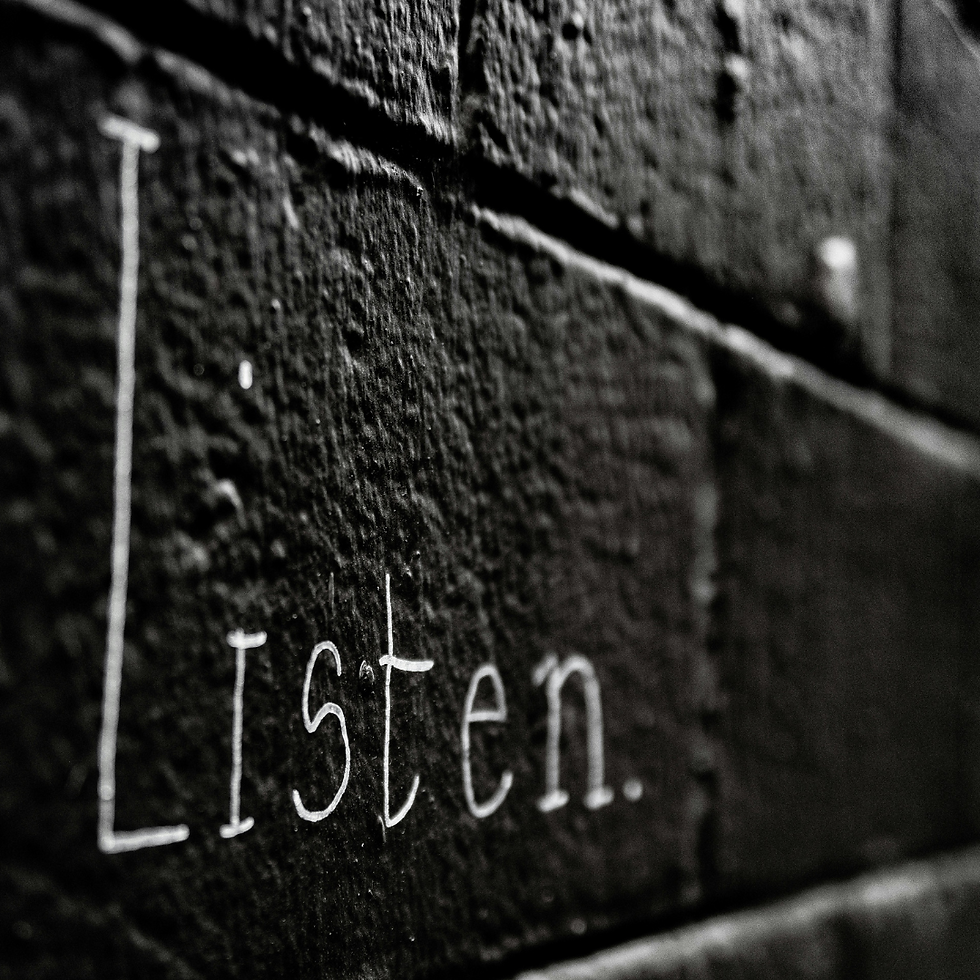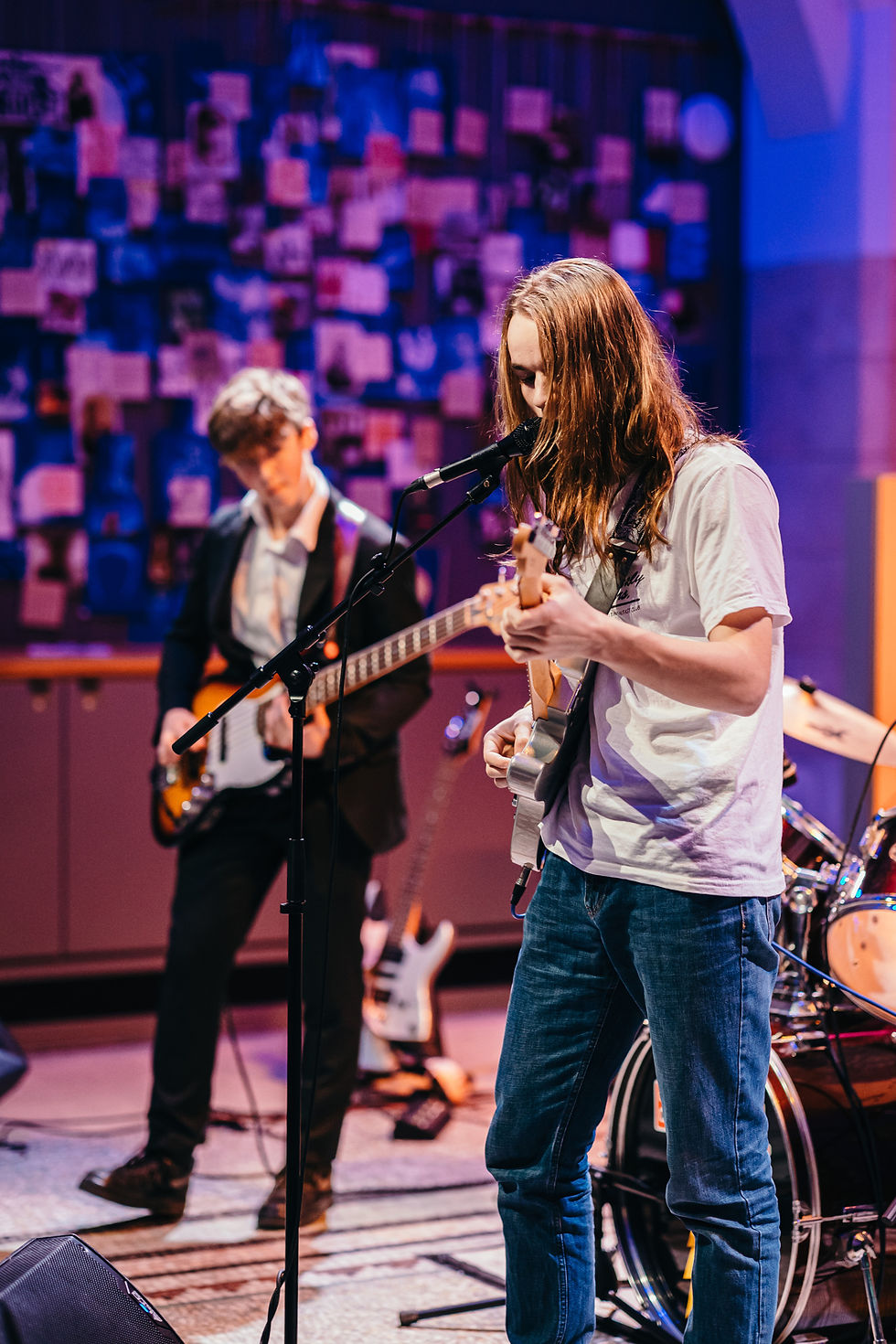Neurodiversity in the Arts: Why Representation Matters
- clairemcrobinson
- Apr 18
- 1 min read
At the heart of every great work of art is a unique way of seeing—or hearing, or moving through—the world. And when we talk about the arts, we’re really talking about perspective. That’s why representation of neurodiverse voices in creative spaces isn’t just important—it’s essential.
Neurodiversity refers to the natural range of differences in the way people think, learn, and process the world. It includes autism, ADHD, dyslexia, Tourette’s, and other ways of experiencing life. These aren't deficits—they’re differences. And in the world of the arts, different is powerful.
Neurodivergent individuals often bring fresh insight, deep focus, pattern recognition, and radical creativity—qualities that challenge norms and redefine how we tell stories, make music, and build culture.
But too often, traditional routes into the arts—like internships, work placements, or even volunteering—aren’t designed with neurodiverse minds in mind. That’s where our programme comes in.
At The Sonic Space, we’re building inclusive pathways for young people with neurodiversity to explore creative work experience through music, media, and community storytelling. From accessible work environments to flexible communication and mentoring, we’re designing experiences that amplify neurodiverse voices, not silence them.
We believe the future of arts and culture is inclusive, affordable, and representative of everyone in our community. And when we make space for all minds to create, everyone benefits.

Let’s keep making noise—and make sure everyone’s voice gets heard.



Comments